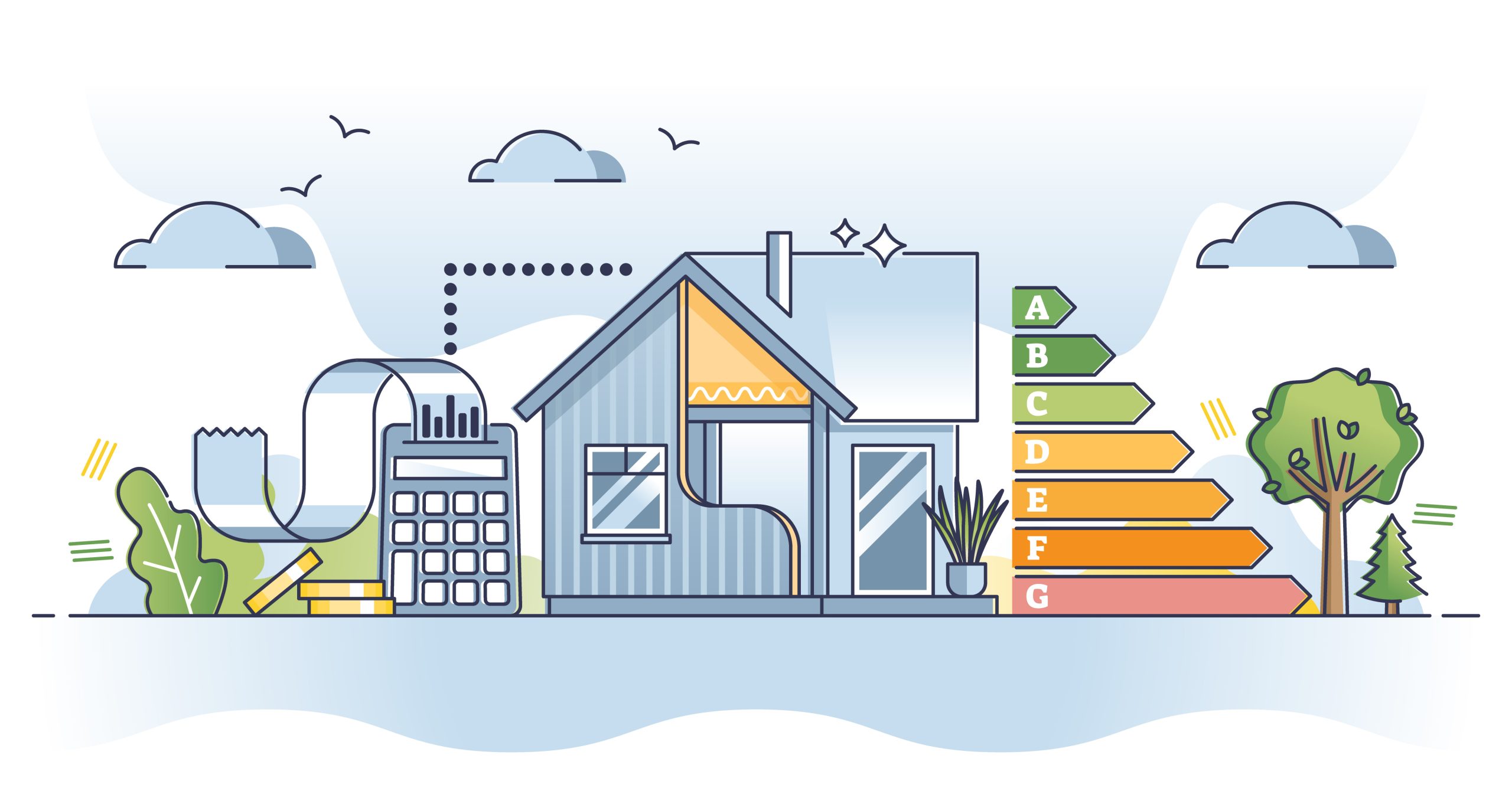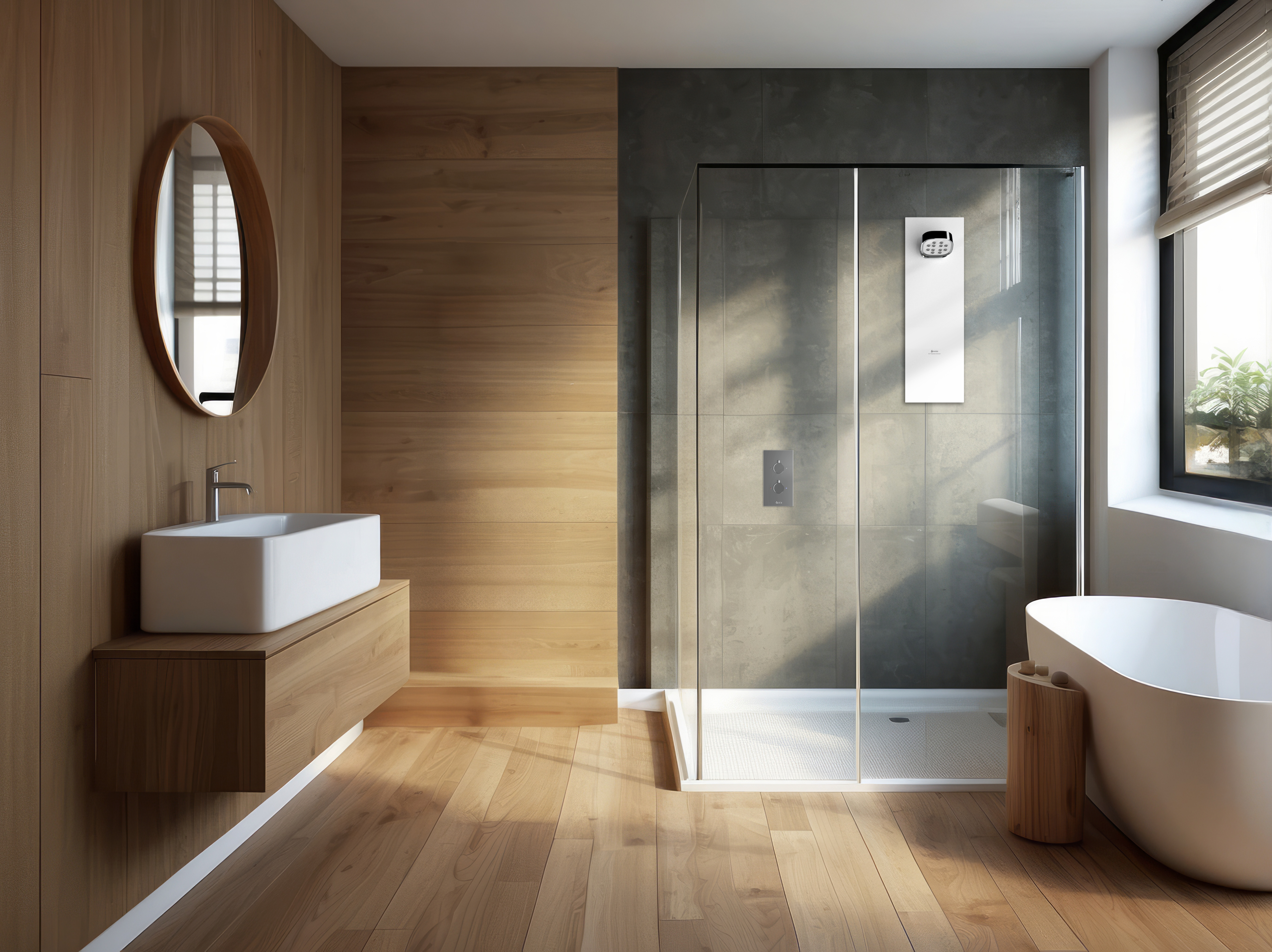
Technology
Water Stressed Areas
England is set to face severe water stress by 2030. Kelda’s air-powered showers help cut water use while still delivering high performance.
Seven Regions in England Predicted to Face Severe Water Stress by 2030
By 2030, seven regions in England are predicted to face severe water stress. The West Midlands, London, portions of the South West, the East Midlands, the East of England, and the South East are all expected to be significantly affected unless water consumption habits change. Among these, the southern regions are projected to experience the most pronounced impacts. With pressure on water supplies increasing, smarter water use is essential, and solutions such as Kelda’s air-powered showers provide a simple way to reduce consumption while maintaining a high-quality shower experience.
Image credit: Kingfisher Environmental Services
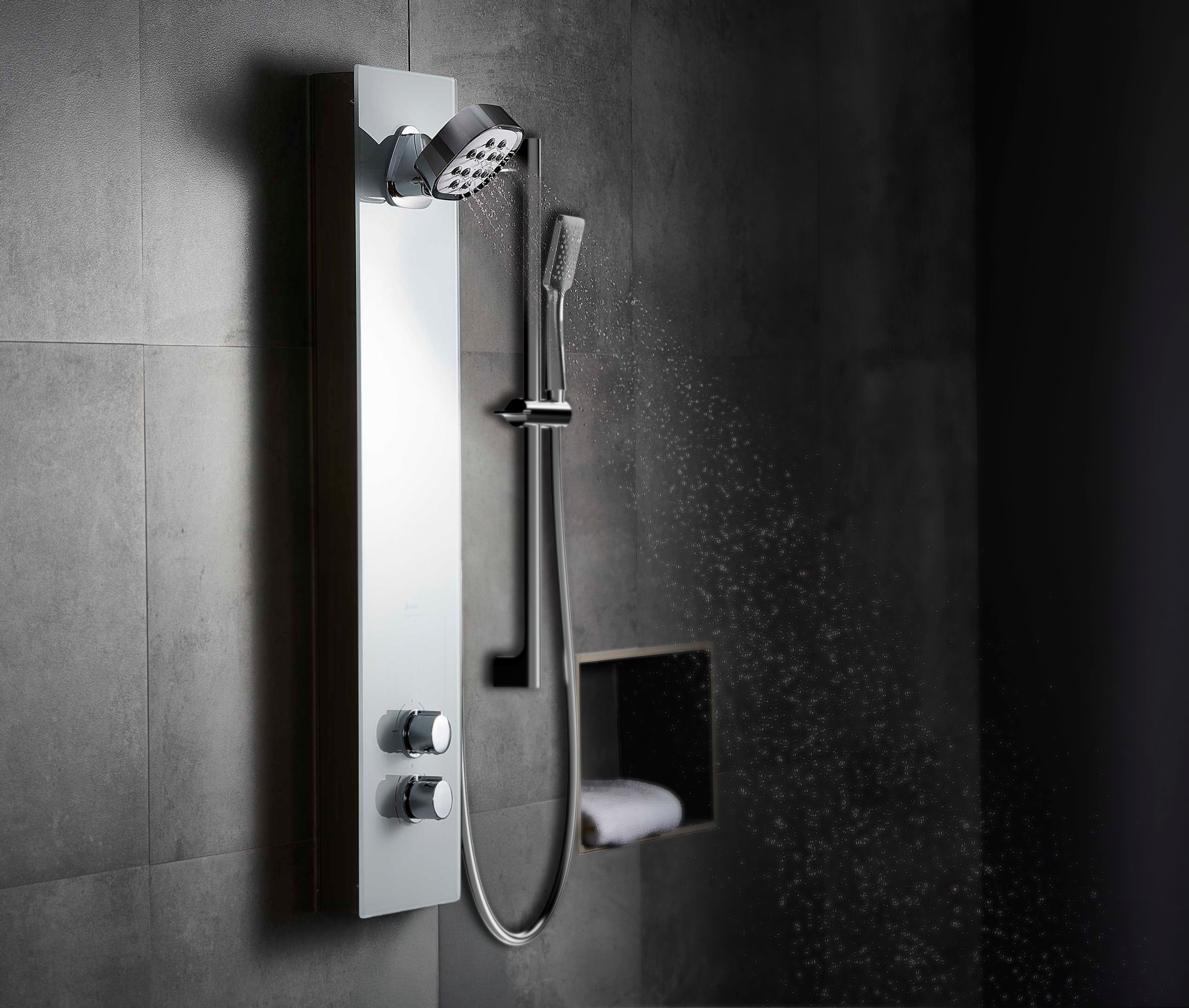
Supporting Organisations in Water-Stressed Areas with Kelda’s Innovative Showers
With daily water use climbing to 144 litres per person, Kelda offers a high-performance, water-saving solution for every home.
To address future water scarcity, the government has set ambitious targets: 122 litres per person per day by 2038, falling to 110 litres per person per day by 2050.
If these targets are not met, an additional five regions could experience water stress by 2040, bringing the total to 12 regions at risk. Surprisingly, around 66% of Brits significantly underestimate their daily water use, believing they use just 57 litres per person, while a further 29% say they are unsure of their consumption. This highlights a clear need for greater awareness and smarter water-saving solutions in homes and businesses.
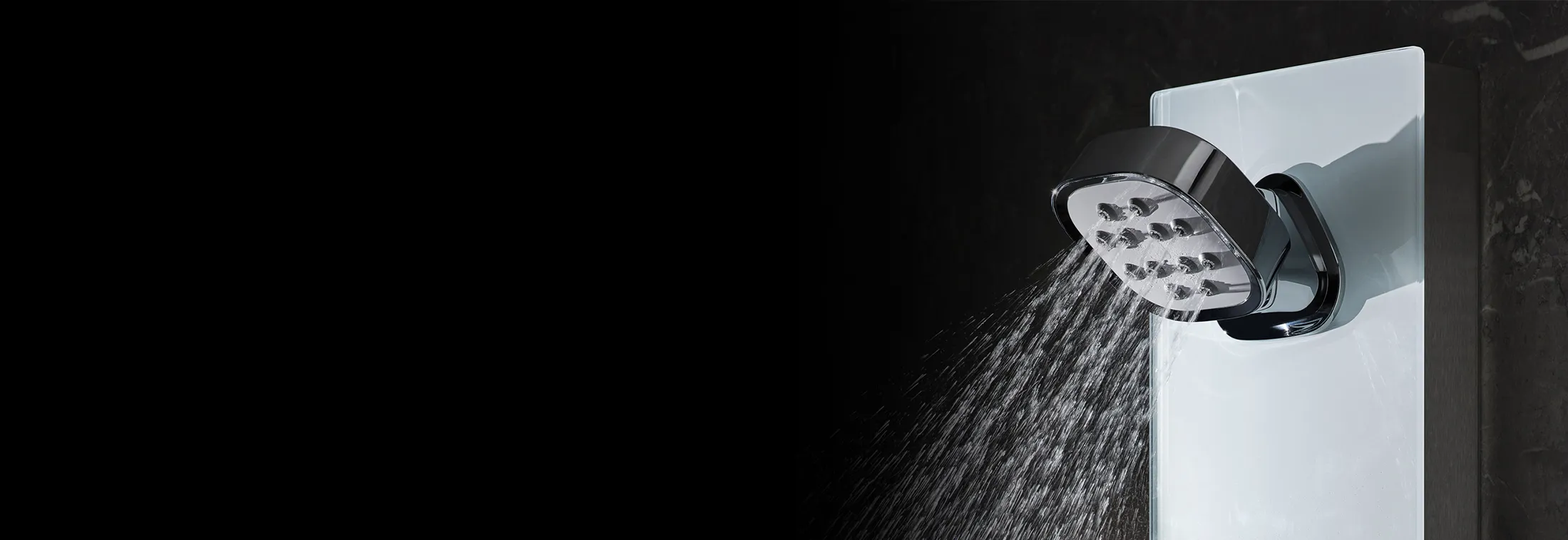
Supporting Housebuilders in Water-Stressed Regions with Kelda’s High-Performance, Low-Water Showers
We are committed to helping organisations achieve their sustainability targets while ensuring cost-effective regulatory compliance. Kelda’s Air-Powered™ showers are the only showers recognised by DESNZ and BRE under the Standard Assessment Procedure (SAP), including SAP Appendix Q and RDSAP.
Independent calculations show that replacing a conventional mixer shower with a Kelda Air-Powered™ shower can support compliance with Part L of the Building Regulations, and, by using less water, can also assist with Part G.
As Water Demand Rises, Smarter Management of Distribution is Essential
In regions facing severe water stress, water companies can bill customers based on individual property meters, subject to cost-effectiveness and customer approval through the Water Resources Management Plan (WRMP) process. Local authorities may use water stress assessments to determine whether new developments should meet the stricter standard of 110 litres per person per day. Otherwise, water stress data is primarily used to guide decisions on mandatory metering and cannot be applied beyond its intended purpose.
The average showerhead uses 12 litres per minute, meaning an 8-minute shower consumes around 96 litres. By contrast, Kelda’s Air-Powered™ showers deliver a fully immersive experience using just 4.5 litres per minute, reducing an 8-minute shower to 36 litres – a saving of nearly 66%.
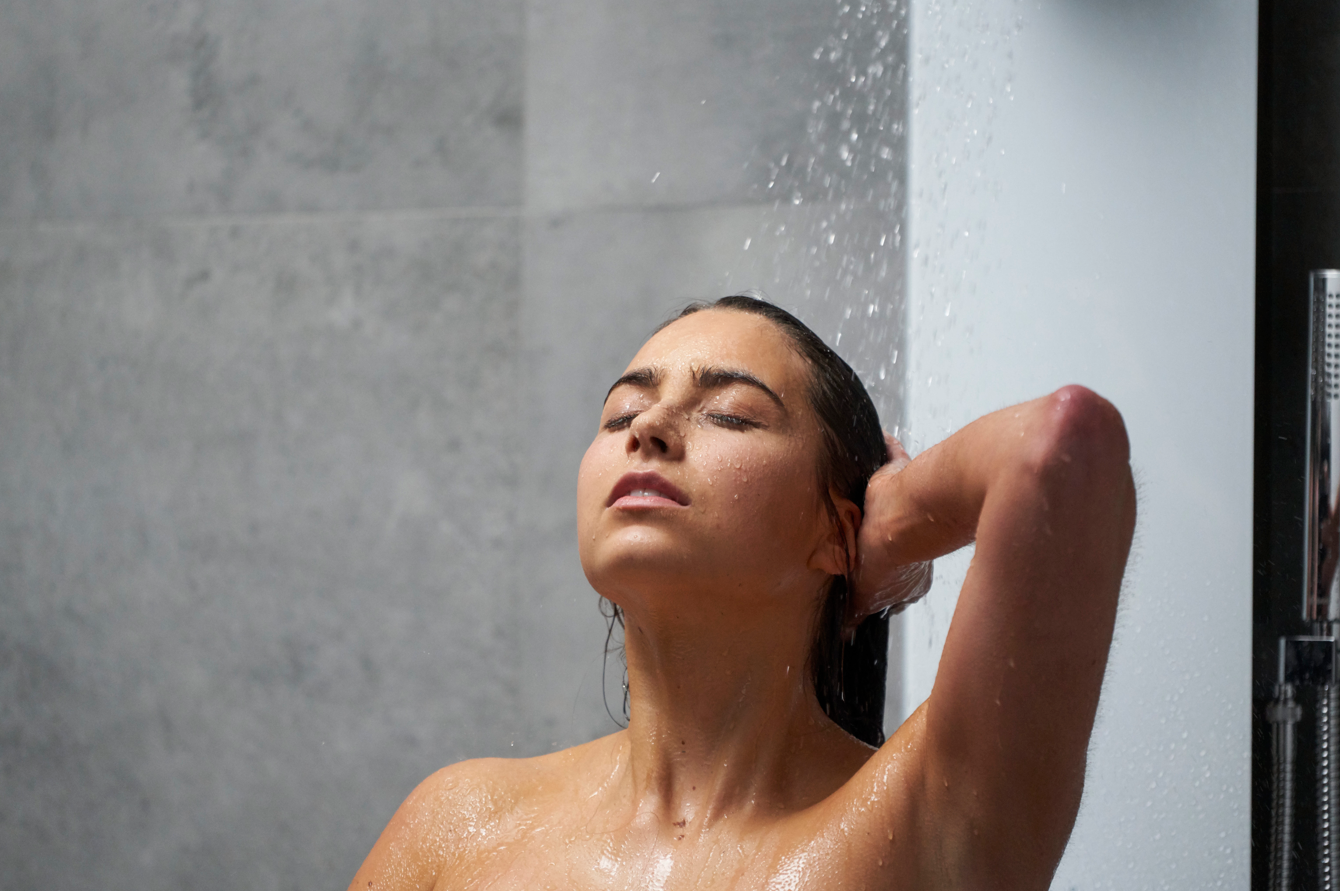
Want more information?
Related Links

Kelda Showers are now officially recognised within RdSAP
Find Out More
Kelda Showers are recognised within Appendix Q of the UK governments SAP and RdSAP
Find Out More